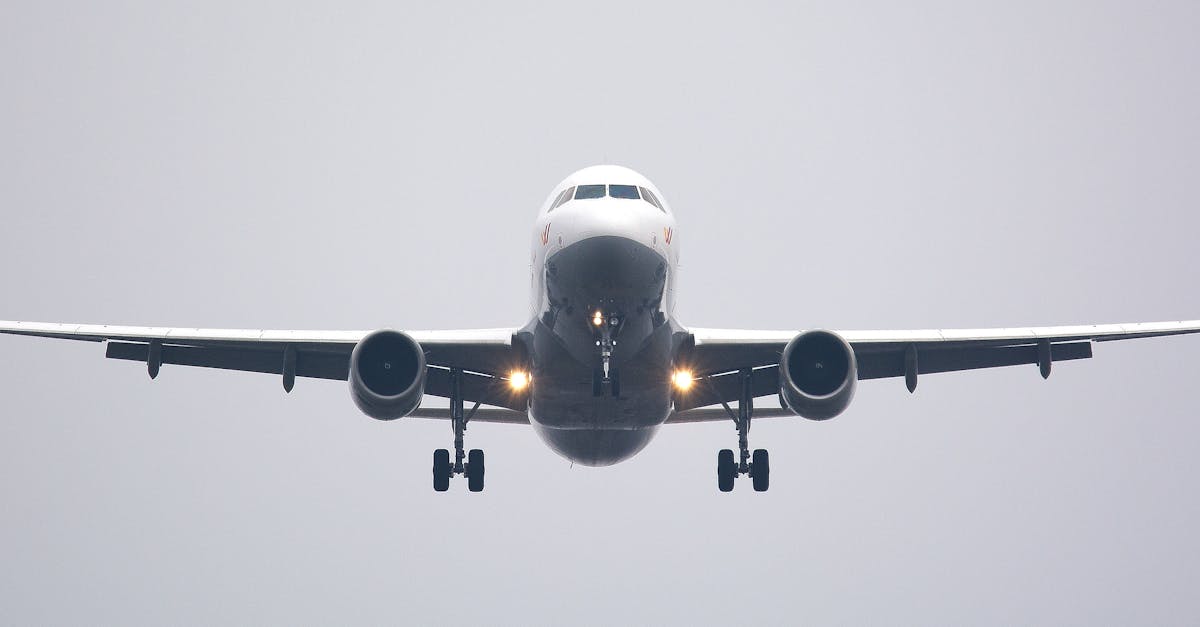On the afternoon of June 12, 2025, a devastating event shook India’s aviation sector and brought sorrow to hundreds of families around the world. Air India Flight 171, a Boeing 787 Dreamliner bound for London, crashed shortly after takeoff from Ahmedabad’s Sardar Vallabhbhai Patel International Airport. The incident marks one of the deadliest aviation accidents in recent years involving an Indian carrier. With 242 people on board, the Air India crash has prompted grief, concern, and questions about how such a tragedy could unfold with a relatively new aircraft.
This Air India flight crash has captured global attention not just for the scale of the loss but also for its implications for airline safety and aviation standards. As rescue efforts continue and authorities begin to piece together the final moments of Flight 171, the country watches closely, hoping for answers. The incident has led to the immediate mobilisation of emergency services and drawn swift responses from government officials, while grieving families await news of their loved ones.
The impact of the crash was felt beyond Indian borders. With over 50 foreign nationals among the passengers, the tragedy has drawn international concern, highlighting the global nature of modern air travel and the shared risks that come with it. Early reports and eyewitness accounts paint a picture of chaos, confusion, and heartbreak — a day that was meant to begin with a routine journey ended in disaster.
The Crash Unfolds
At approximately 13:38 IST, Flight 171 lifted off the runway in Ahmedabad, carrying 230 passengers and 12 crew members. The flight included a wide range of travellers: families returning home, students flying to join summer programmes, and business travellers heading to the UK. Just moments after takeoff, the aircraft began flying irregularly, according to multiple eyewitnesses. Residents in the Meghani Nagar area described seeing the plane at an unusual tilt before hearing a thunderous noise, followed by a fireball in the sky.
The plane crashed into a hostel building at B.J. Medical College, not far from the airport. Initial footage from the scene showed charred wreckage, dense smoke, and firefighters struggling to contain the flames. Rescue teams arrived within minutes, but the heat and debris made it extremely difficult to access the crash zone. As of the latest update, over 130 fatalities have been confirmed, though authorities fear that number could rise.
Many of the passengers were foreign nationals, including 53 British citizens, seven Portuguese travellers, and one Canadian. Officials have begun the process of identifying the victims, a task made more complex due to the condition of the remains. In response, Air India has established a helpline for families and has coordinated with consulates for necessary documentation and travel support.
Emergency Response and Wider Impact
Gujarat’s Chief Minister arrived at the scene just hours after the crash. Emergency services, including the National Disaster Response Force (NDRF), continued their operations into the night, searching for survivors and securing the area. Meanwhile, Prime Minister Narendra Modi expressed his condolences and promised full support for the ongoing investigation.
The crash site’s proximity to a densely populated zone has reignited conversations about flight path safety, urban planning, and emergency readiness. The hostel hit by the plane housed medical students, some of whom were present at the time of impact. Thankfully, many had stepped out for lunch just moments before the aircraft came down, preventing what could have been an even greater loss of life.
For many families of the passengers, their journey began with simple plans — holiday visits, business trips, or in some cases, a new chapter abroad. One grieving parent shared that their daughter was travelling to begin her postgraduate studies in the UK. She had spent weeks preparing for the move, even printing a travel guide for London, which was found in her luggage among personal items recovered from the wreckage.
Aircraft and Crew Details
The Boeing 787 Dreamliner involved in the crash was registered as VT-ANB and had been in service since 2014. Known for its fuel efficiency and long-range capability, the Dreamliner is typically considered a dependable aircraft. Flight 171 was piloted by Captain Sumeet Sabharwal, a veteran with over 9,000 flying hours, assisted by First Officer Clive Kundar.
Despite the crew’s experience, early reports suggest the aircraft struck a tall tree shortly after becoming airborne. Investigators from the Directorate General of Civil Aviation (DGCA) and Boeing are now examining flight data to determine whether a technical fault or human error contributed to the disaster. The black boxes have been recovered and sent for analysis, which could take several days.
The Aircraft Accident Investigation Bureau (AAIB) has also taken over the case. While mechanical issues haven’t been ruled out, some are questioning whether the aircraft had undergone the proper maintenance checks before departure. Air India has stated that the plane passed all pre-flight inspections, though scrutiny around internal procedures is now expected.
Conclusion
The Air India Flight 171 crash has left a deep mark on the nation’s collective memory. With more than 240 lives affected, including those on board and on the ground, the tragedy has raised urgent questions about safety, accountability, and how such an event could occur in an era of advanced aviation.
As families mourn and investigators work to find answers, the focus must remain on compassion, support, and a clear path to preventing another disaster. Flying is still among the safest ways to travel, but for now, the nation reflects on a moment of great loss — one that reminds us all how quickly lives can change in the sky.














Leave a Reply